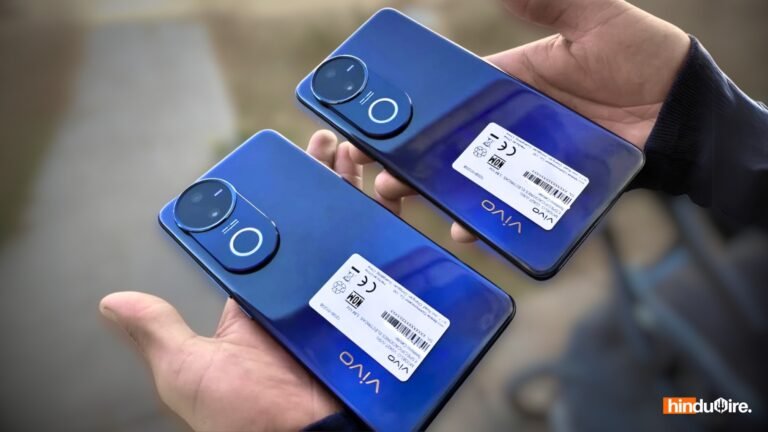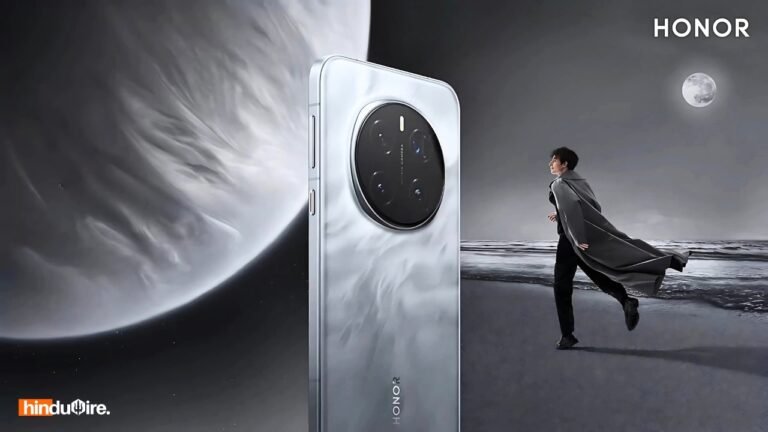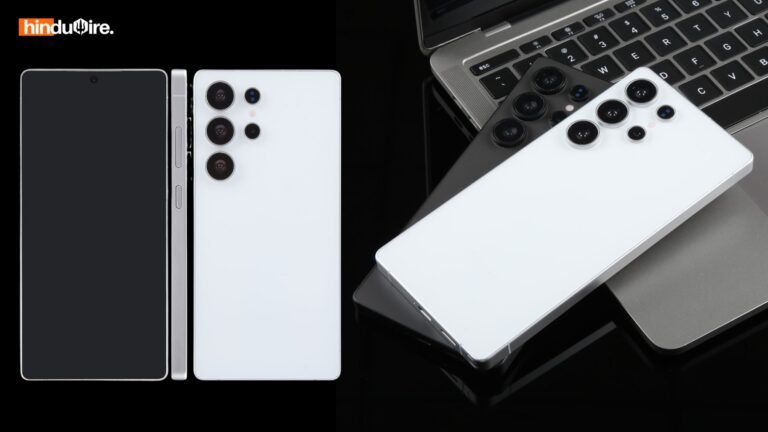Snapchat Spectacles 5th Gen – Now Share “AR” Snaps?
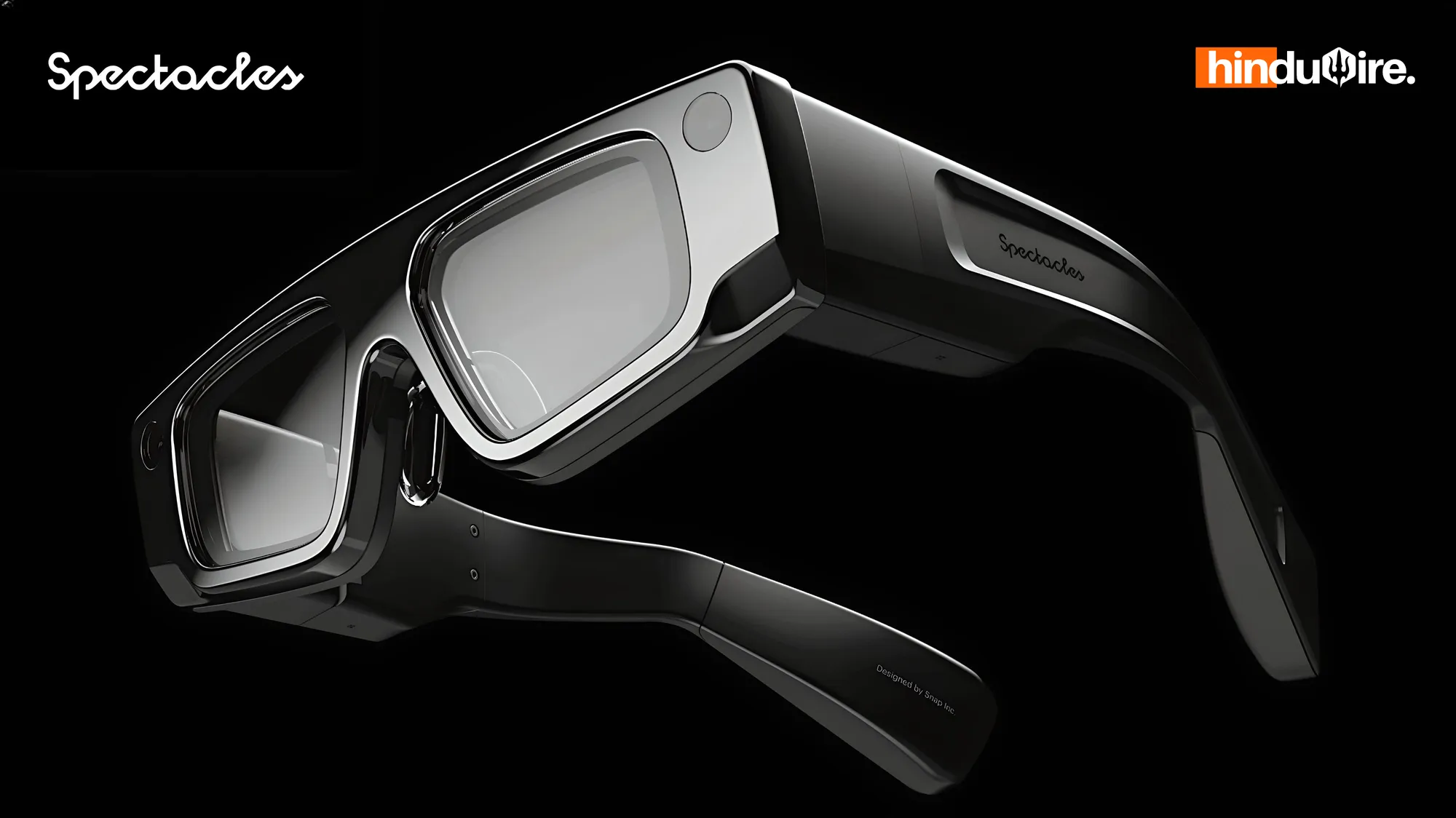
You would have seen a lot about the Ray-Ban co-branded Meta smart glasses, which took over the internet through reels and shorts where you could see people being able to record videos without phones! These glasses made daily vlogging and photo captures very easy and fun, where in the recorded footage you could see the eye-view perspective on life, recorded!
Given the rise in popularity of this smart eyewear, Snapchat is taking things a notch higher with the introduction of the 5th generation of Snapchat Spectacles, aiming to revolutionize how we interact with augmented reality (AR) on a personal level. This new device doesn’t just capture moments—it enhances them through immersive AR experiences, staying in line with Snapchat’s continuous push towards integrating AR into its platform.
Snapchat’s Continued Evolution in AR:
The earlier versions of Snapchat Spectacles have been about fancy eyewear with smart functions and recording capabilities, but the 5th generation brings something much more advanced. These new spectacles come equipped with dual 3D waveguide displays, which allow users to view AR content directly in their field of vision. They’re not just about recording anymore—they now overlay digital objects onto the real world, blending the virtual with the physical in a way that feels natural.
Snapchat’s push towards AR isn’t new. Over the past few years, they’ve developed numerous filters, lenses, and AR tools within the app, making augmented reality a huge part of the Snapchat experience. However, with the new Spectacles, this AR experience is no longer limited to your phone screen. Now, it’s right in front of your eyes, and you can interact with AR elements in real-time.
The Friendly and intuitive launch:
During the launch , a friendly demo showcased the Spectacles capabilities by interacting with various virtual elements, showing the interactive menu, lens features and a new “Imagine together” feature which lets you create 3D AI images in AR . They showcased a playful AR puppy with a hat and a cowboy frog. These interactions demonstrated how immersive the AR experience can be and how it could extend beyond just visual elements to real, interactive content.
The presentation was notable because, unlike many tech demos, Snapchat didn’t shy away from showing a live, working version of the product. The demo felt natural and intuitive, giving the impression that Snapchat has learned from previous iterations of its Spectacles and is ready to move forward with more advanced AR functionality.
Not for Consumers – Yet:
However, there’s a catch—Snapchat’s 5th generation Spectacles are currently available only to developers. At a steep price of $99 per month for the developer kit, Snap is targeting creators who will build AR experiences for the Spectacles, rather than the average consumer. This decision highlights Snap’s strategy of fostering a robust AR ecosystem before rolling out the product to the mass market.
The Developer-Only Strategy:
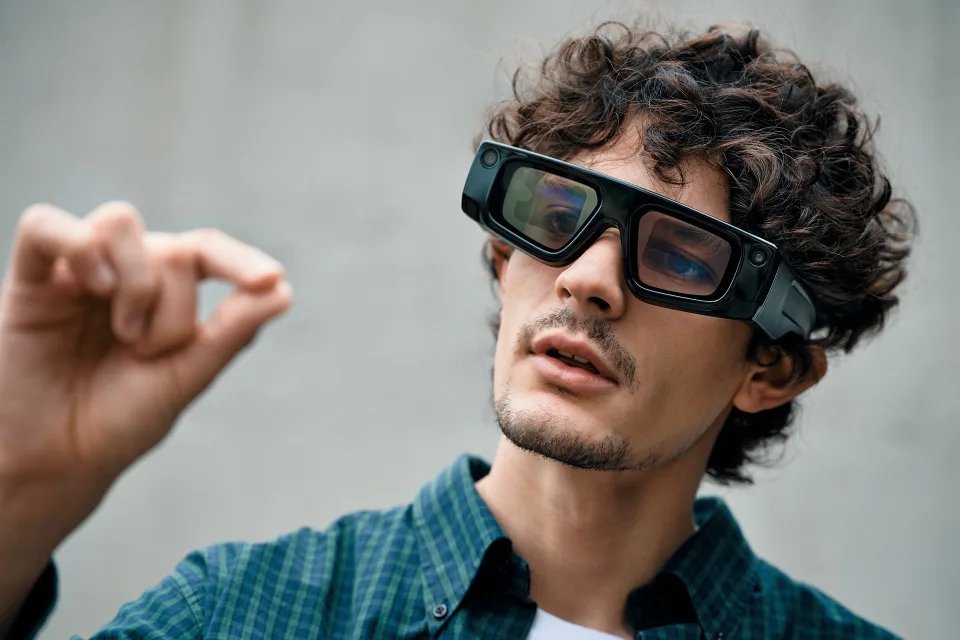
The reasoning behind this developer-first release is clear—Snap wants to ensure that there’s a wide variety of AR content and applications available when the glasses eventually reach consumers. Developers can experiment with creating interactive experiences, testing the limits of AR technology, and helping Snapchat perfect the user experience. While this approach could feel restrictive for consumers eager to get their hands on the device, it’s a smart move to make sure the technology lives up to its potential.
The $99-per-month pricing model is hefty, but Snap has proven time and again that it’s serious about AR innovation. Given the success of previous Spectacles models, Snapchat is likely banking on the idea that developers will see the potential of the 5th gen Spectacles and be willing to invest in the platform.
Snapchat’s Vision and What’s Next:
Snapchat’s AR ambitions have been clear for a while now, with features like Snap Map, AR filters, and Lenses setting the foundation for its future in augmented reality. The Spectacles 5th generation fits into this vision, acting as a new tool for both developers and, eventually, consumers to interact with the world around them in an entirely new way.
The bigger question is how soon this technology will be available to the public and how well it will be adopted. With competitors like Meta’s Ray-Ban smart glasses already in the market, Snapchat’s Spectacles will need to differentiate themselves through superior AR experiences and compelling content. The success of these glasses will likely depend on how developers take advantage of the hardware and how much value consumers see in merging the real world with AR.
In the meantime, as Snapchat continues to refine the product and expand its AR capabilities, the 5th generation Spectacles are a glimpse into the future of wearable technology—a future where our interactions with the digital and physical worlds seamlessly blend.





